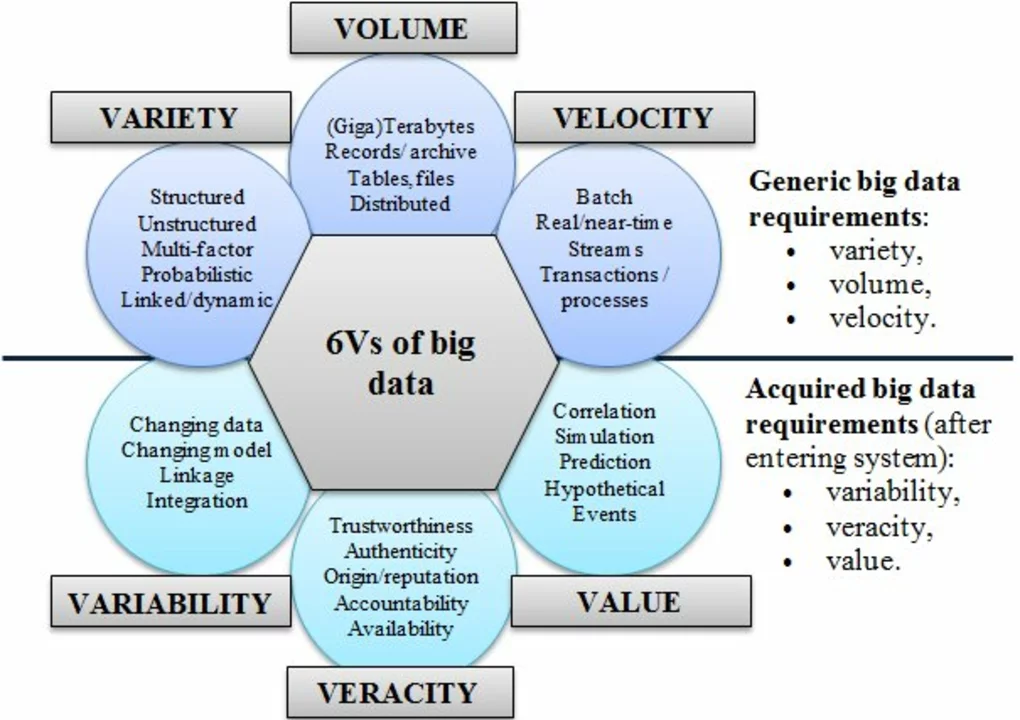Data Management and Processing: Your Quick Guide
Got piles of info you can't make sense of? That’s where data management and processing step in. It’s all about turning raw numbers into clear insights you can actually use. Think of it like sorting your laundry – colors together, whites together – so you know exactly what you have and where it belongs. In this guide you’ll get simple steps, handy tools, and a look at why getting data entry right can save you headaches later.
Why Accurate Data Entry Is a Game Changer
Imagine you’re building a puzzle, but a few pieces are wrong. The picture never comes together. The same goes for business decisions – if the data you feed your system is off, the answers you get will be off too. Accurate data entry ensures every detail is recorded correctly, cuts down on costly mistakes, and speeds up the whole workflow. It also helps keep data secure and meets compliance rules, which is a big win for any organization handling sensitive info.
Practical Steps to Streamline Data Management
Start with a clean structure. Create folders or databases that reflect how you think about the data – by project, date, or department. Next, set up a standard format for entries: same date style, consistent naming, same units of measure. Use validation rules in your software to stop wrong values from slipping in. Automate repetitive tasks with simple scripts or built‑in tools; this frees up time and reduces human error. Finally, schedule regular clean‑ups to archive old records and fix any gaps.
Tools don’t have to be pricey. Spreadsheet programs like Google Sheets let you set drop‑down lists and conditional formatting. For bigger jobs, low‑code platforms such as Airtable or Microsoft Power Automate let you build custom workflows without writing code. If you’re dealing with massive datasets, open‑source options like MySQL or PostgreSQL give you robust storage and fast query performance.
Speaking of queries, learning a bit of SQL can pay off fast. Even basic commands let you pull the exact slice of data you need, filter out noise, and spot trends. Combine that with visual dashboards – think simple charts in Google Data Studio – and you turn numbers into stories your team can act on.
One real‑world example: a small retailer was spending hours each week entering sales data manually. By setting up a standardized entry form with drop‑downs and auto‑calculations, they cut entry time by 60% and eliminated most of the errors that were costing them money on inventory orders. The same principle applies to any field – from education to healthcare – where clean data fuels better decisions.
Bottom line: good data management isn’t a fancy tech buzzword, it’s a practical habit. Start small, stick to a format, use tools that fit your budget, and keep the data entry process tight. As your data gets cleaner, your insights become sharper, and you’ll spend less time fixing mistakes and more time moving forward.
